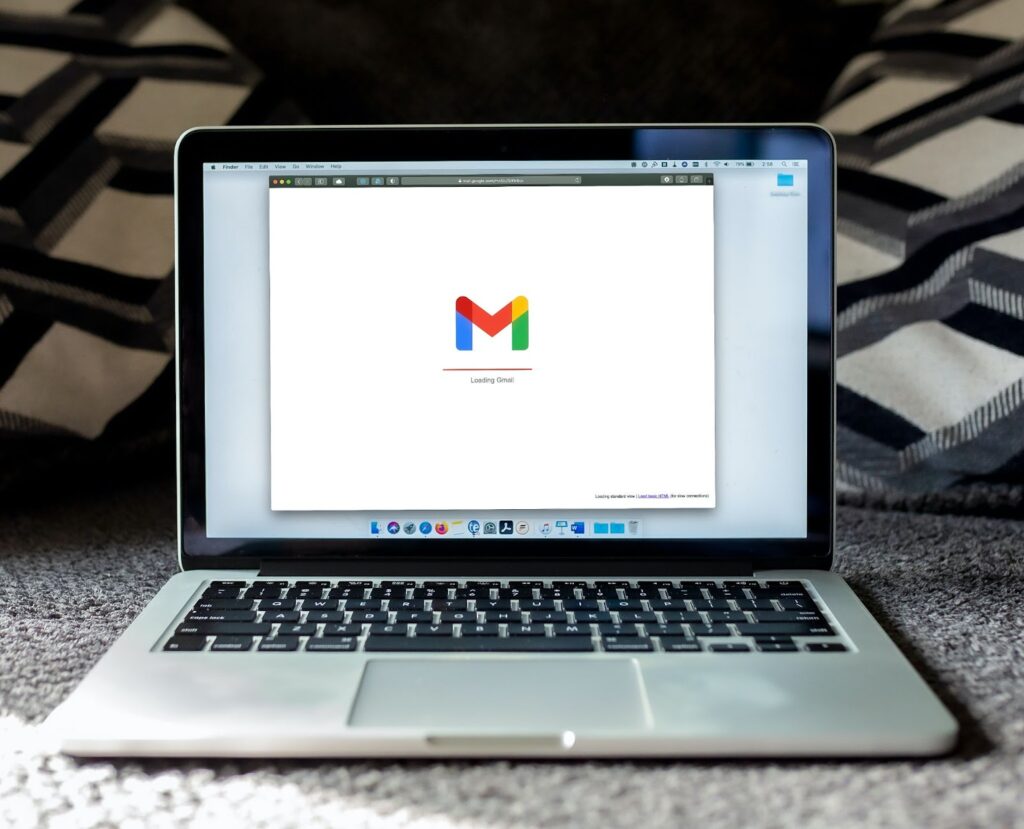
Every day, roughly 4 billion people communicate via email. This includes, of course, those who take to this medium to conduct business. If email is a strong part of your daily business interactions, then you’ll want to read this.
When crafting the perfect email that you want your recipient to read carefully and respond to, it’s not enough to come up with a catchy subject line and a juicy introduction. The way you sign off your message is just as important to keep that conversation going.
Specifically, we’re talking about your email signature. Not only are email signatures necessary if you want to provide some essential details about yourself, but they can also generate some impressive and perhaps unexpected benefits. Let’s find out more.
What is an email signature?
Not to be confused with a digital signature, an email signature refers to the block of text that email users place at the bottom of a message and where they include any relevant business details about themselves and their company.
Additionally, many email signatures also feature some visual elements, such as a headshot of the sender or the company logo. It’s important to place your email signature at the very end of your email, preferably separated from the main body with a clear line or another visual cue.
While it is, of course, essential to ensure that your email signature is as comprehensive and informative as possible, you’ll also want to be wary of creating a signature that overwhelms the reader by providing too much information.
Similarly, you’ll want to keep your email signature size fairly small, so that it doesn’t stand out abruptly and confuse the recipient while they’re reading your message. But let’s take a closer look at the best practices to craft an effective email signature.
The dos and dont’s of a professional email signature
Do: Include your full name
It may sound obvious, but the first element you’ll want to include in your email signature is your full name. It doesn’t matter if you are also used to signing off your email by using your first name. As your email signature is a separate, independent block of text, it should feature both your first and last name.
Don’t: Add any confidential information
Personal details such as your home address, private phone number, and any links to your personal social media accounts should be avoided.
Do: Incorporate visuals
While you may not necessarily need (or want) to include a photo of yourself in your email signature, it’s important to display a logo of the company you work for, to establish trust and help strengthen brand identity (more on that later).
Don’t: Be overwhelmed with information
As we mentioned earlier, you don’t need your email signature to be packed with information that might end up putting off the reader. Your full name, job title, business contact details, company name (and logo), and company website are often more than enough.
Do: Add relevant business links
Have you recently won an award? Has your company just launched an advanced enterprise cloud communications platform? Do you want to promote a press release? It may be worth including some of these business links in your email signature, too.
Don’t: Include any personal links
While you might be tempted to add your personal Instagram or Twitter handle to your email signature in order to gain more exposure and win a few more followers, it’s important that you refrain from doing so. Email signatures should only have business-related purposes, and it’s crucial that you don’t mix your professional and personal lives.
Are email signatures necessary? Seven reasons why you need them
If you’re still asking yourself, “Are email signatures necessary?” then keep reading as we reveal the seven main reasons why they, indeed, are.
- They increase brand awareness
Is your brand new to the industry? An email signature can become your best friend. It’s a quick and easy way to stick in the minds of your readers, as they’ll be able to associate your name with a specific brand, and your brand with a specific logo or website.
All this, in turn, helps you to boost brand awareness, which is something all brands benefit from, especially small and young ones.
- They showcase expertise and professionalism
How many times have you received an email from someone you didn’t know and binned it because it didn’t look “legit”? Well, if that resonates, it might be because that person either didn’t have an email signature, or their email signature was poorly written.
By crafting an email signature that includes verifiable links, detailed information, and other credible sources such as your preferred cloud communications method, you’ll instantly come across as a serious and trustworthy professional. People will no longer suspect that your email might be spam, and will feel more eager to connect with you and get to know your brand better.
- They make it easy for people to contact you
How frustrating is it when you’ve received someone’s email and have no way of tracking their company website or business phone number? Well, one of the most important benefits of having a clear and compelling email signature is the ability for your recipients to get in touch with you quickly and easily.
Sure, you’ll want to spend some time putting together an email signature that looks easy on the eye and reflects your brand’s identity, but at the same time, you’ll want to focus on its main goal: making it easier for people to contact you.
- They help your personality stand out
We touched on this earlier (and will expand on it in a moment): email signatures are a great tool to help you consolidate your brand identity. This happens through the use of your company logo, company website, and any other typography or visual elements that make your brand unique and recognizable.
However, this doesn’t mean that every single email signature that people from the same company create should look exactly the same. In some cases, your company may give you some leeway in what you add to your email signatures besides the basics.
For example, it’s not unheard of for people to incorporate a brief quote they love at the bottom of their email signature. Similarly, you may be allowed to switch the company’s main font for your favorite one, while keeping all the other main elements on-brand.
- They boost web and social traffic
Adding your company’s website to your email signature is a surefire way to grow your web traffic organically. In parallel, you may also want to add other relevant business links, such as your company’s LinkedIn page, blog page, or anything else that might help boost traffic, visibility, and engagement.
- They consolidate brand identity
Whether you run a nimble startup or a large multinational, you’ll want to keep your brand identity solid, coherent, and cohesive across all your channels. And, you’ve guessed it, email signatures are one of the tools you can leverage to showcase your brand, make it memorable, and bring more people to it.
If you want to achieve this, though, you need to make sure that you have a standard set of rules in place for creating email signatures across your company. These should include adding your company logo, website, and other links, as well as using your brand’s color palette.
- They support your marketing efforts
You may not have thought about this, but an email signature can also double as a powerful marketing tool. As we mentioned earlier, you might have just launched a marketing campaign, or a new product that you want your customers to check out.
By including an interactive link – or, even better, a banner – to your email signature, you maximize the results of whatever you’re trying to promote, with no need to invest money in any additional marketing activities.
The bottom line
You may have approached this article because you’ve been wondering, “are email signatures necessary in 2023?” and hopefully you are coming away from this with a clear idea as to why they are.
With an email signature, you can establish trust, foster connections, and reinforce brand identity. Now that you know exactly how to write a fabulous email signature, why not go ahead and craft yours?
Featured image by Solen Feyissa on Unsplash
The post Why are Email Signatures Necessary in the World of Business? appeared first on noupe.

